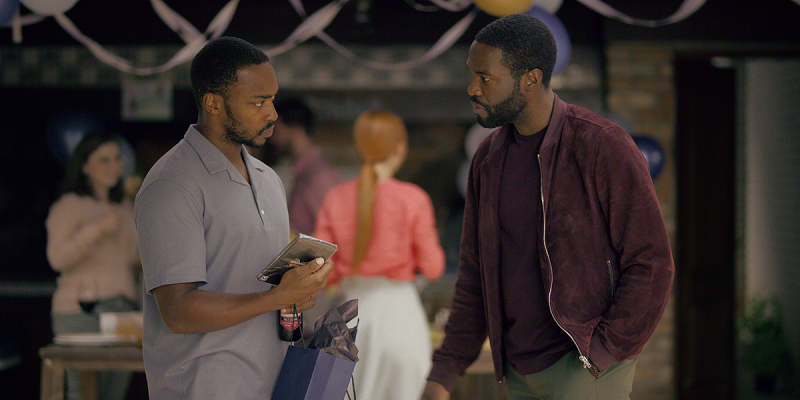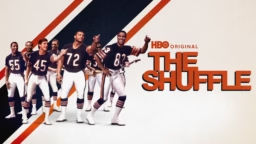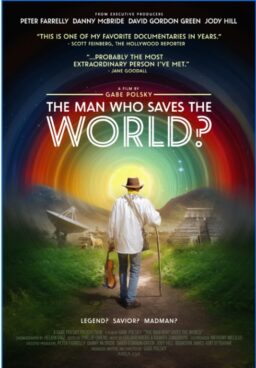After the interactive movie “Bandersnatch” premiered at the end of 2018, most fans of Netflix’s “Black Mirror” expected a proper fifth season of the beloved Netflix show to be right around the corner. Well, the corner was a little long, but we’ve finally arrived on the other side with today’s premiere of three new episodes of the beloved series: “Striking Vipers,” “Smithereens,” and “Rachel, Jack and Ashley Too,” a true rollercoaster of tech-driven storytelling.
Series creator Charlie Brooker has carved out a niche as the king of cautionary tales with a Rod Serling aesthetic, but his own success may impact the way that people take in this trio of stories. Watching them back-to-back, as most people probably will, I was struck by, well, not being struck. There’s not a “San Junipero” or “USS Callister” or “Nosedive” in the bunch. The best of the three by some extent—“Smithereens”—is excellent not because of a clever twist but because of one of the best performances in the history of the show. And while the other two episodes have some good ideas, they don’t come together like the best of “Black Mirror.” This is the problem with three-episode seasons: the margin for error is incredibly low.
Now, of course, much of the joy of “Black Mirror” is in seeing how the twists and turns of Brooker’s narratives play out, so I will be very vague in terms of plotting. “Striking Vipers” stars Anthony Mackie and Yahya Abdul-Mateen II (“Aquaman”) as a pair of old friends who reunite in an unexpected way via a virtual reality fighting game. “Smithereens” stars Andrew Scott of “Fleabag” as a man who kidnaps an employee from a social media company because he needs to talk to the tech legend who created it. Finally, “Rachel, Jack and Ashley Too” stars Miley Cyrus as a pop princess who realizes the hard way that her emotions and life have become more of an industry than she could have ever imagined, just as she releases a doll that mimics her personality.

Virtual reality, implanted consciousness, the addictive nature of social media—one expects “Black Mirror” to explore these themes, but at least two of the three stories here feel like they needed another round in the writers’ room. “Striking Vipers” takes an impressively ambitious turn that viewers may be surprised by, but then it doesn’t really do anything with it. There’s an undercooked subtext about midlife male dissatisfaction and how attraction and sexuality can be based on unexpected connections, but all feel like they need another layer to have resonance. “Rachel” starts very promisingly, and features excellent performances from Cyrus and Angourie Rice (“The Nice Guys”) but comes apart in the final act when it gets more goofy than it should.
Saving the season is Andrew Scott in “Smithereens.” The man who played Moriarty on “Sherlock” is having a bit of a moment as people fall in love with his priest on “Fleabag,” and this is only going to throw fuel on that fire. He gives a heartbreaking, phenomenal performance here. And it’s interesting to me that “Smithereens” is arguably the least tech-reliant episode in the history of the show (and is actually set in 2018). It doesn’t feature VR that tech wizards have only dreamed of, but instead speaks to a very current concern—how addicted we are to social media. “Black Mirror” has become a phenomenon by presenting viewers with a bleak vision of a tech-addicted future. Their best episode this season suggests we’re already there.
Whole season screened for review.












